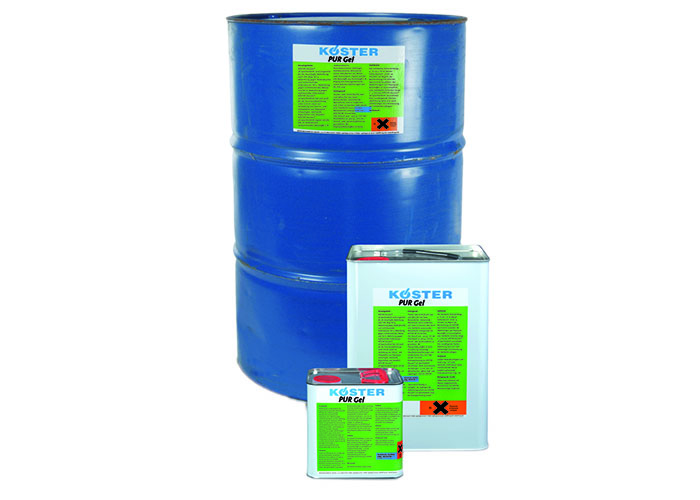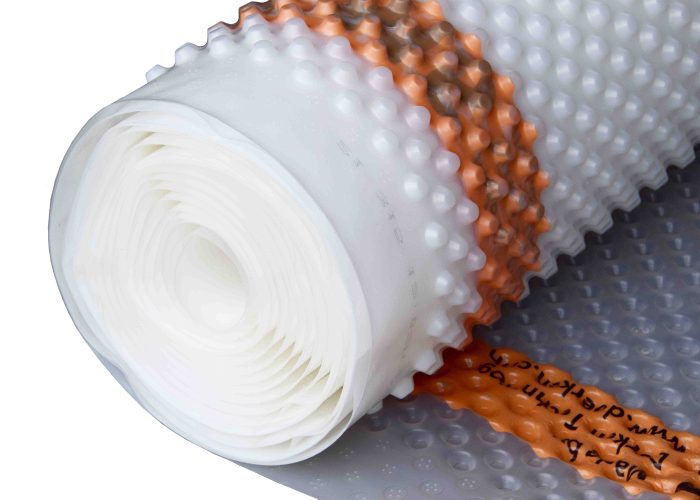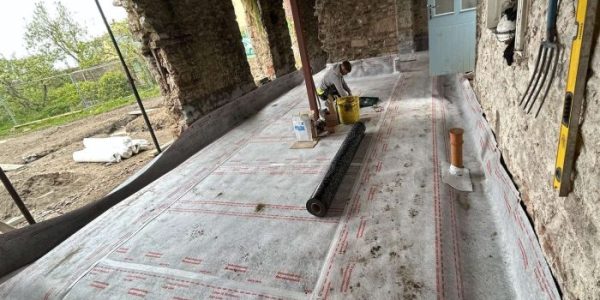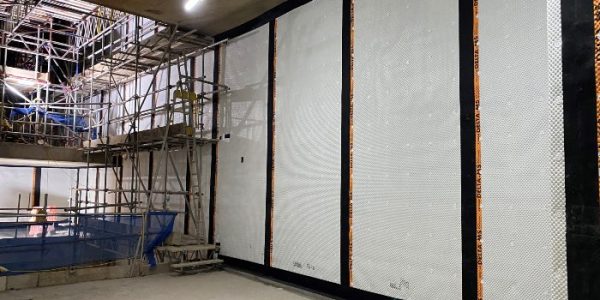This website uses cookies so that we can provide you with the best user experience possible. Cookie information is stored in your browser and performs functions such as recognising you when you return to our website and helping our team to understand which sections of the website you find most interesting and useful.
Overview
Designed by James Leoni, 21 Arlington Street – overlooking Green Park in central London – was built in 1740. It helped establish the area as a centre of London’s society and since its construction it has been the home to such dignitaries as Lord Middlesex, the Duke of Dorset, Lord Weymouth and the Marquess of Bath, Earl Gower, and the Earl and Dowager of Sefton.
Nowadays it houses offices, and – as is often the case with historic buildings – particular care had to be taken with the refurbishment to ensure the character and original features were kept.
Methodology
Delta Membrane Systems played a key role with this work, by supplying the Köster PUR Gel for all vaulted ceilings and earth retaining walls – to ensure the original brickwork facades were maintained. Work was carried out by Harrison Waterproofing, a company that has made use of Delta products over many years.
Design manager and group director Simon Harrison takes up the story: “When I was approached to help with the scheme, my original suggestion was to use the Delta membrane system along with a specialist render to cover the exposed brickwork. “However, the conservation officer working on the scheme was keen to ensure the original brickwork was maintained, so we then had to find a system that would meet this tough demand.” Simon discussed this with technical experts at Delta Membrane Systems, who suggested various options from Köster – specifically, Köster PUR Gel. Delta call this method of making the structure as water tight as possible prior to fixing the Delta system ‘Locking down the structure’.
Walls and arches in the cellars of the building are built in brickwork with mortar joints varying in width from 5mm to 20mm. The arch brickwork at the entrance to the cellars has mortar joints varying from 5mm to 8mm. To allow the use of a modified 13mm injection packer suitable for gel injection, holes were bored at 350mm staggered centres, with a frequency of 10 bore holes per m2. Work included a combination of ‘area’ and ‘curtain’ injection for the vaulted ceilings. This method was preferred because it created a waterproof gel membrane at the back of the brickwork, filling any voids within the surrounding clay. It also fills the voids within the mortar joints, ensuring a robust, durable waterproofing solution. Highly skilled bricklayers were called in to create new openings in the vaults, that would complement the original brickwork. Again, the Köster product was injected behind these openings.
Köster PUR Gel is a solvent-free, water activated polyurethane gel. Depending on the amount of water added, a highly elastic, waterproof hydro-gel is formed. After it has reacted in dilutions of up to 1:7, it is resistant to pressurised water. It does not contain free isocyanides and is chemically stable after reaction. It does not contribute to corrosion and does not emit groundwater polluting substances.
Case Study Results
Thanks to Simon’s design, which included the use of several products from the Koster range, Harrison Waterproofing won the confidence of the architect and client involved in the scheme. This resulted in Harrison Waterproofing being listed as the preferred specialist when a main contractor was sought. “As this is a new system to the market,” Simon explained, “there was something of a ‘learning curve’ that we had to go through in the application work, and there was the occasional need for re-injection to ensure the hidden side of the brickwork was totally sealed.” Delta Membrane Systems offers a host of damp proofing solutions for a variety of applications in both new-build and refurbishment situations. In this London project, Delta has again brought its expertise and high quality product range as part of the solution to this scheme.






